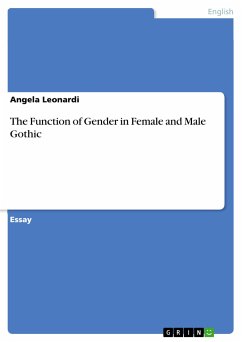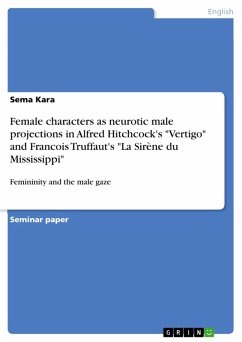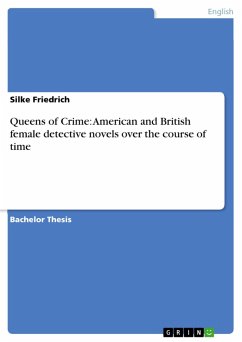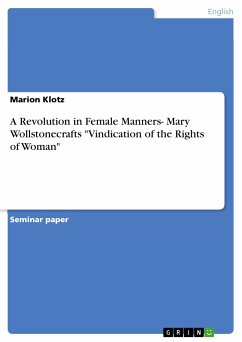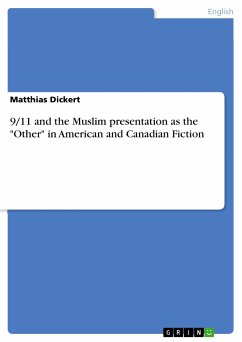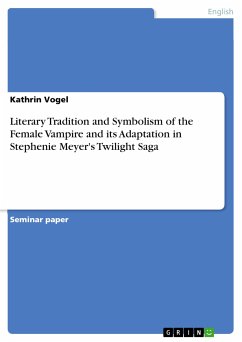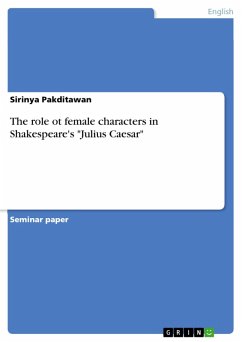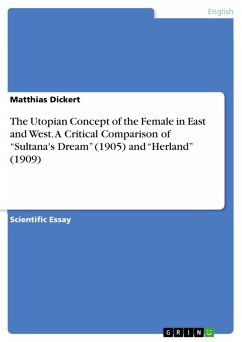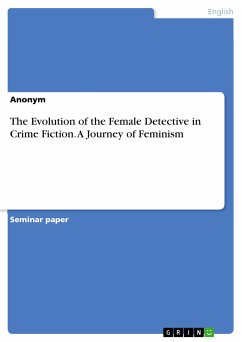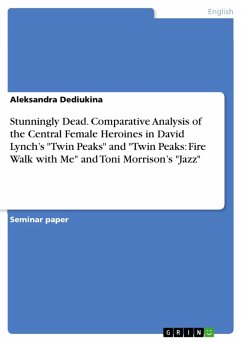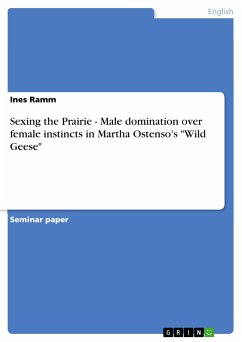
Sexing the Prairie - Male domination over female instincts in Martha Ostenso's "Wild Geese" (eBook, PDF)

PAYBACK Punkte
0 °P sammeln!
Seminar paper from the year 2006 in the subject English Language and Literature Studies - Literature, grade: 1,3, Carl von Ossietzky University of Oldenburg, course: Early Twentieth-Century Canadian Novels , language: English, abstract: [...] Martha Ostenso writes in the realistic tradition, leaving behind the idyllic Romances of the turn of the century and applying modern psychological assumptions to the conceptions of her characters. In this respect Wild Geese combines on the one hand an authentic social picture of rural prairie life, and on the other hand the mystical spirituality embodied ...
Seminar paper from the year 2006 in the subject English Language and Literature Studies - Literature, grade: 1,3, Carl von Ossietzky University of Oldenburg, course: Early Twentieth-Century Canadian Novels , language: English, abstract: [...] Martha Ostenso writes in the realistic tradition, leaving behind the idyllic Romances of the turn of the century and applying modern psychological assumptions to the conceptions of her characters. In this respect Wild Geese combines on the one hand an authentic social picture of rural prairie life, and on the other hand the mystical spirituality embodied by the female heroine. The questions raised in this work focus on the relationship between man and women in the novel and on their symbolic presentation as struggling forces of contrasting natures. Most critics perceive the prairie landscape itself as a symbol of femininity mirroring the rebellion of the heroine against the domination of her father. The central question to be examined will be that of Ostenso's understanding of the female and the male. In section 2 of this work, realistic aspects of the novel will be analysed in order to gain an insight into the narrative structure of the novel. Three aspects are of special importance for this paper starting with the authentic description of the prairie as habitat, turning towards the disfiguring of the Romantic hero in realistic writing and finally focussing on the emancipation of women in the Canadian West. Since the characters in prairie realism are presented as the extension of the landscape, this section is the indispensable preparatory step for the closer analysis of the male and female gender descriptions. The third section deals with the main characters ofWild Geeseand their relationships among each other, investigating, in particular, those traits of character, which Ostenso presents as typical for their gender. Furthermore, the influences of Modernism on Ostenso will become obvious in this analysis, as she makes use of psychological conclusions of Sigmund Freud and the intertextual reference to classical mythology. In section 4, the two alternatives of female liberation shown by Ostenso are set into context with the preceding plot and narrative structure of the novel completing the question about the relationships among men and women. In the conclusive section, the gender-typical features as perceived by Martha Ostenso should have become evident, so that the battle between the sexes as well as its symbolic level of nature against domination will be fully unfolded in the end. All citations from Martha Ostenso's Wild Geese are gathered from the 1989 edition by McClelland and Stewart and are endued with the corresponding page number.
Dieser Download kann aus rechtlichen Gründen nur mit Rechnungsadresse in A, B, BG, CY, CZ, D, DK, EW, E, FIN, F, GR, HR, H, IRL, I, LT, L, LR, M, NL, PL, P, R, S, SLO, SK ausgeliefert werden.




